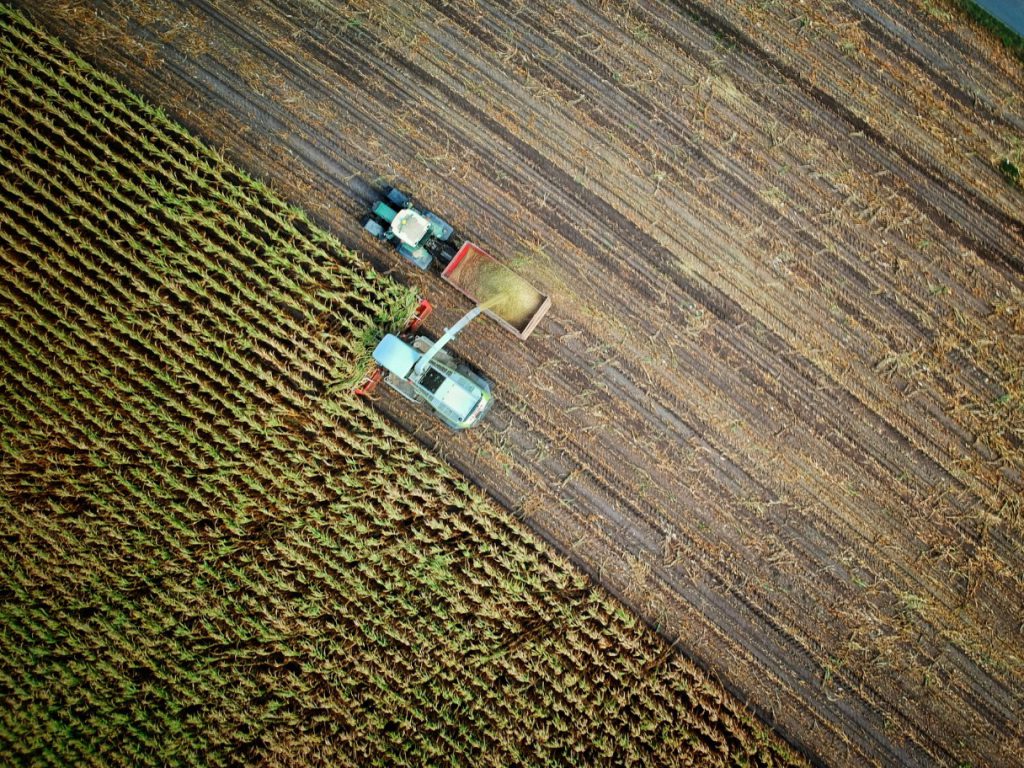- Industries
- Mining
- Emergency Services
- Local Government
- Security
- Electrical Utilities & Generation
- Forestry
- Transport & Logistics
- Brands
- Tait Communications
- Hytera
- ACT
- Aina PTT
- Airgain
- Alfatronix
- GE Vernova
- i.safe MOBILE
- Logic Wireless
- Motorola Solutions
- Omnitronics
- OTTO Communications
- Radio Activity
- RFI
- Sensear
- Sonim
- Stone Mountain
- Titan Communication Systems
- Products
| Resources | Coast to Coast
string(4) "post"Coast to Coast
A seven site IP linked simulcast VHF DMR network using Radio Activity Kairos base stations operating DMR voice communications provided critical communications for a world class multi sport challenge that traverses New Zealand, covering extremely remote and mountainous terrain.
Providing Communications for a Multi-Sport Challenge
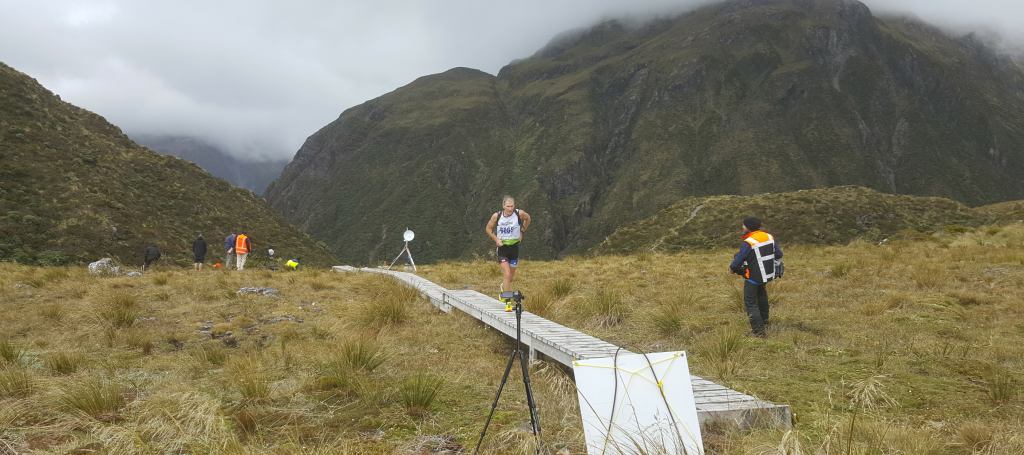
Project Summary
- Client: Ultimate Event Productions for Kathmandu Coast to Coast 2017
- Sector: Events
- Dealer Partner: Outback Communications
- Equipment: Radio Activity Kairos Repeaters, DMR handsets, PTT App
- Challenge: Reliability of communications for health & safety of all at a this high profile event.
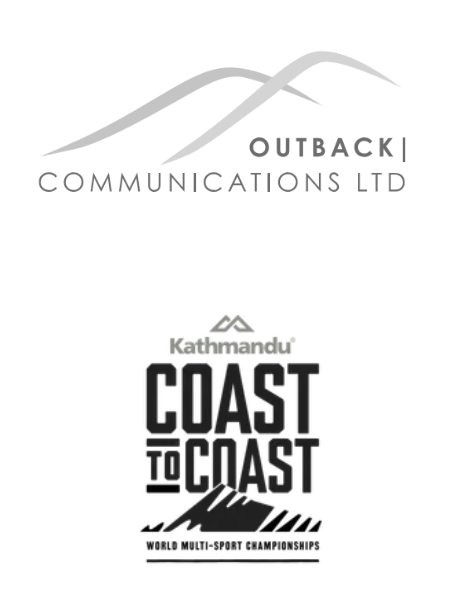
The Client
Held every February in the South Island of New Zealand, the Kathmandu Coast to Coast World Multi-Sport Championships is one of the world’s longest running multi-sports events. Competitors, of which there are close to 1000 in 2017, complete the 243km course of running, cycling mountain running and kayaking stages as part of either a one or two day race. Ultimate Event Productions organises this iconic event.
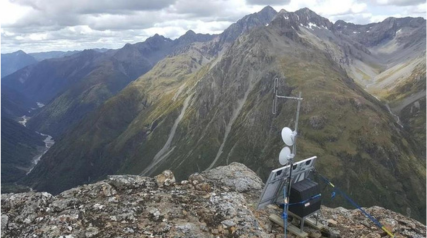
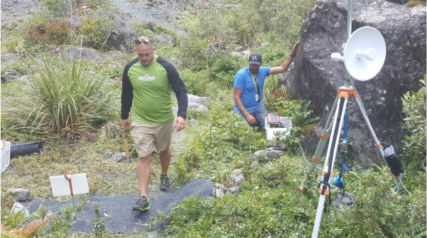
The Challenge
Ultimate Event Productions asked Outback Communications to supply a system to provide:
- Secure, reliable radio communications throughout the course
- High bandwidth live streaming video at 3 fps from multiple locations along the course route
- Secure WiFi
- Transmission of data from timing pads
- Secure integrated communications between radio and mobile phone users for event management team (PTT)
The reliability of communications is critical at this high profile event to ensure the health and safety of competitors, organisers and the general public. The rugged mountain terrain and white water rapids add to the physical challenge for competitors but increase the likelihood of health and safety incidents occurring. Some stages of the event take place on public roads so there is also the potential for accidents involving participants and other road users. The event organiser has a duty of care to competitors, spectators and the general public. Its reputation relies on providing safe, well-executed events so takes this very seriously.
From a commercial perspective, streaming of live coverage, media coverage, competitor communications to friends and family are all essential to amplifying the excitement of the event, creating awareness and ensuring its continued success. The competitor experience must be excellent, from receiving accurate timings to seeing that accidents are dealt with efficiently. A failure in a repeater for example could mean a delay in an air ambulance being despatched, which could be life threatening.
Covering such a vast area of operation is a challenge and the mountainous nature of the terrain added additional complications in terms of locating, servicing and removing infrastructure, most of which had to be done by helicopter.
The System
Outback Communications provided a seven site IP linked simulcast VHF DMR network using Radio Activity Kairos base stations operating simulcast DMR voice communications. The system was divided in to two separate networks, one for the east and one for the west of the course. An IP backbone also supported 11 timing stations and HD video streaming from seven in-field 1080P 30fps cameras along different stages of the course.
Outback was contracted and had to deliver the complete solution, including radio, IP linking, WiFi and video streaming within 8 weeks to meet the event start deadline.
This was the first time that multi site linking had been used for communications on the Coast to Coast event. Corey Weir, MD says, ‘We had experience of using the Radio Activity repeater on a smaller scale and were confident it was the right solution to propose. The repeaters really come into their own in this type of application where you need reliable coverage over a large area. The system provides great reception, unlike other systems that pick up signals reflecting off hard surfaces, creating a ‘ghosting’ effect or losing comms entirely, the Radio Activity repeater is able to distinguish the best signal and cancel out reflection interference.”
“The noticeable difference in using this simulcast repeater is the seamless roaming. We could actually see radios roaming between repeaters to the strongest signal mid conversation. This is a step change from old technology where you had to finish a conversation before the radio would move to a nearer repeater. “ Corey Weir Director, Outback Communications
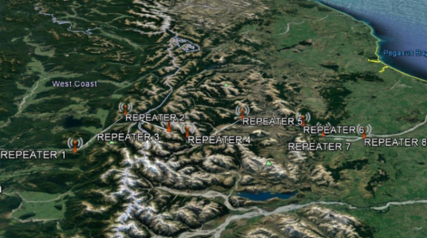
The repeater is exceptionally light, ruggedised and very compact. Being small and having a very low power requirement makes it ideal for running on solar power, especially where available daylight is limited.
Using simulcast also resulted in only one channel licence being needed for all seven repeater locations, making the system cheaper to licence than alternatives for multisite applications, which is obviously relevant where spectrum shortages are an issue.
The repeater network supported over 90 DMR radios. The nature of the event meant that it had to work with radios from multiple manufacturers, including Tait, Hytera and Motorola. WiFi hotspots at collection points provided access for media, retailers and competitors updating friends and family on their progress.
Outback used a PTT (push to talk) app to extend the coverage of the system to areas that, although not covered by the two-way radio system, were covered by cellular. Outback’s knowledge and experience in the application enabled them to tailor the user interface to suit the event organiser’s needs.
Critical Communications
Radio communication was used to monitor competitors with known conditions and to contact emergency services. The emergency helicopter was deployed during the event. Radios were also essential for the health and safety of marshals, who were often working in extremely remote locations for several hours at a time with radios as their only means of communication.
There were no site failures during the three days of the event, which meant that critical communications were never compromised.
“Unlike traditional repeaters that require a lot of adjustment to both the repeater and the handsets, simulcast only needs programming once. It may seem more expensive but the initial cost is offset by the man-hour savings, the lack of interference and the peace of mind of knowing critical communications are far less likely to be compromised. It is the most robust solution.”
Corey Weir Director, Outback Communications
Teamwork Delivers
Outback met the challenge of providing a system of the scale and complexity required by the Coast to Coast event in less than eight weeks and has rightfully secured the contract for providing their expertise, time and equipment for a further five years.
“Both Logic and Radio Activity supported us in delivering something really challenging in terms of scale and timing. Logic Wireless supplied the equipment programmed to our specification, we literally just installed it and that was it. No adjustment was required, which is both a relief and a huge cost and time saver, particularly when accessing most of the repeaters would have meant scrambling a helicopter.
The repeaters really delivered. The client noticed a difference in the quality of coverage versus previous years and the lack of interference between camera and radio usage. A smooth execution and good client feedback – everything we aim for.”
Remote locations a challenge for you? Or thinking about moving from analogue to digital?
If your locations are remote or spread over a large area, or you think it’s time to move to digital, then we’ve got products, dealers and solutions to help you get the best outcomes.
Let us help you work through your challenges. Contact Logic or find your local Logic Dealer today.
About Outback Communications
Full credit is due to Outback for rising to the challenge of providing this complex system with its extensive coverage and accessibility issues in such a short period of time. The successful delivery required considerable project management skills, a core strength for Outback, which also has considerable experience in providing communication solutions for sport events, including the Christchurch Marathon and the Le Race road bicycle event.
Thank you to Outback Communications for supporting us in creating this case study.
Please wait while you are redirected to the right page...


